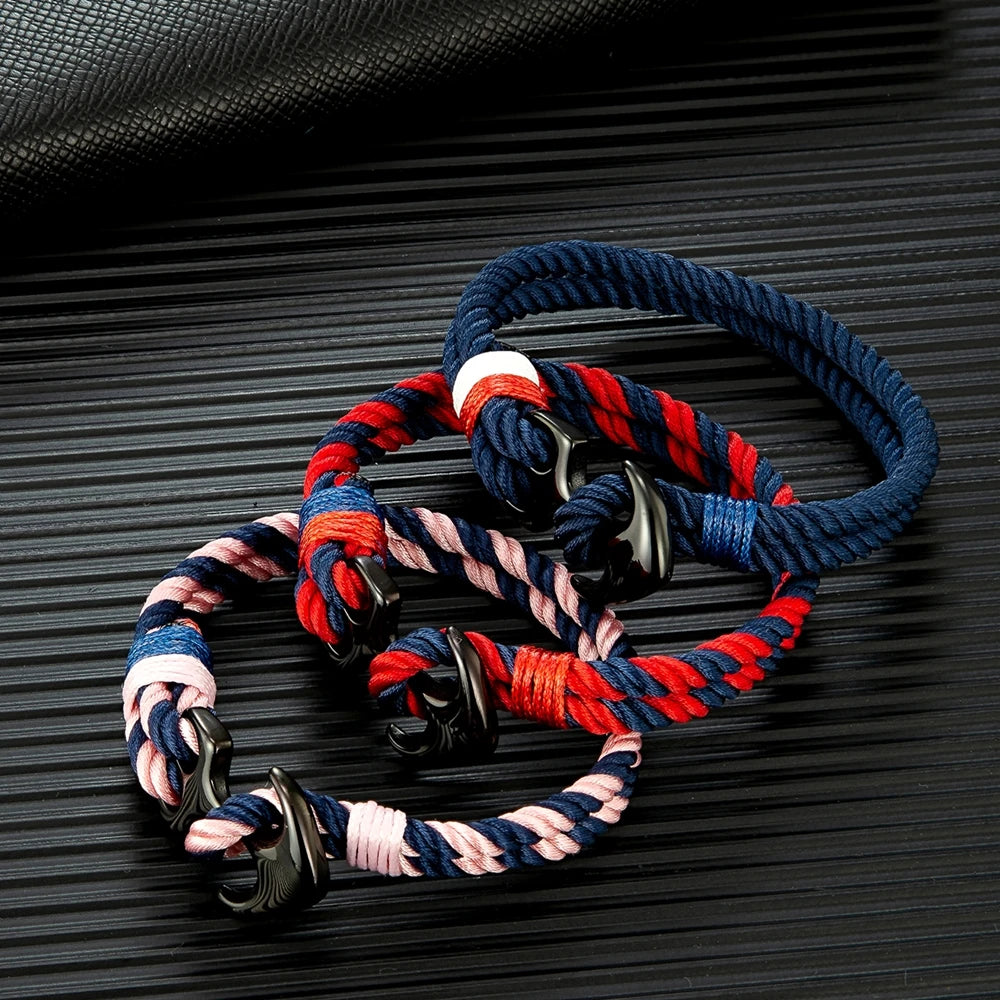Debunking the myths and understanding the facts
As passionate sea lovers, we often find ourselves intrigued by the grandeur and magnificence of cruise ships. These colossal vessels effortlessly glide through the ocean, defying the forces of nature. However, an age-old question lingers in the minds of many sea enthusiasts - can a cruise ship tip over? In this blog post, we dive deep into the subject, debunking the myths and shedding light on the facts surrounding this intriguing topic.
Understanding the stability of cruise ships
When it comes to the stability of cruise ships, engineers have meticulously designed these floating giants to withstand various conditions at sea. The concept of stability revolves around a ship's ability to stay upright and resist capsizing. Cruise ships are equipped with advanced stabilization systems, including ballast tanks and stabilizer fins, which help counteract the ship's movements and maintain balance.
These vessels undergo rigorous testing, and their stability is carefully studied during the design and construction phases. Additionally, naval architects factor in the ship's weight distribution, center of gravity, and other crucial parameters to ensure optimal stability. Therefore, the chances of a cruise ship tipping over are extremely low under normal operating conditions.
Weather conditions and ship stability
While cruise ships are designed to handle a wide range of weather conditions, extreme weather events can be a cause for concern. High winds, rough seas, and storms can impact a ship's stability, but modern technology and advanced navigational systems allow captains and crews to navigate and avoid areas with severe weather. Moreover, cruise lines employ experienced captains and crew members who are well-trained to handle adverse weather conditions, ensuring the safety of passengers and the ship.
In rare instances of severe weather, cruise ships may alter their course or take shelter in a nearby port until conditions improve. This proactive approach mitigates any risks associated with extreme weather and ensures the well-being of passengers and crew members.
Human error and ship stability
While cruise ships are renowned for their safety records, human error can potentially impact a ship's stability. Incorrect loading or distribution of cargo, improper navigation, or disregarding weather warnings can have serious consequences. However, stringent safety protocols, regular inspections, and continuous training programs are in place to minimize the likelihood of human error leading to a ship tipping over.
Cruise lines work closely with regulatory bodies and industry experts to ensure that ships adhere to international safety standards and best practices. Crew members undergo rigorous training programs, emphasizing the importance of safety and attentiveness to prevent any accidents or instability.
Case studies of cruise ship incidents
Although incidents involving cruise ships tipping over are extremely rare, it is essential to examine historical cases to gain a comprehensive understanding of ship stability. The most notable incident occurred in 2012, when the Costa Concordia, a cruise ship operated by Costa Cruises, capsized off the coast of Italy. This tragic event was a result of human error and disregard for safety protocols. The incident highlighted the importance of adhering to safety practices and the implications of deviating from established procedures.
Another incident that gained widespread media attention was the grounding of the Carnival Triumph cruise ship in 2013. While the ship did not tip over, it was rendered inoperable due to an engine fire, leaving passengers stranded for several days. This incident shed light on the importance of proper maintenance and emergency preparedness to ensure the well-being of passengers and crew members, even in challenging situations.
Enhancing safety measures
The cruise industry continuously works towards enhancing safety measures and preventing any incidents. Lessons learned from past events have led to the implementation of stricter regulations, improved emergency response protocols, and advanced technology on board. Cruise lines invest heavily in safety training, regular inspections, and the development of new technologies to ensure that passengers can enjoy their sea voyages without any worries.
Regulatory bodies such as the International Maritime Organization (IMO) monitor the industry closely and work collaboratively with cruise lines to continually improve safety standards. These efforts ensure that cruise ships remain a safe and enjoyable way to explore the seas.





















